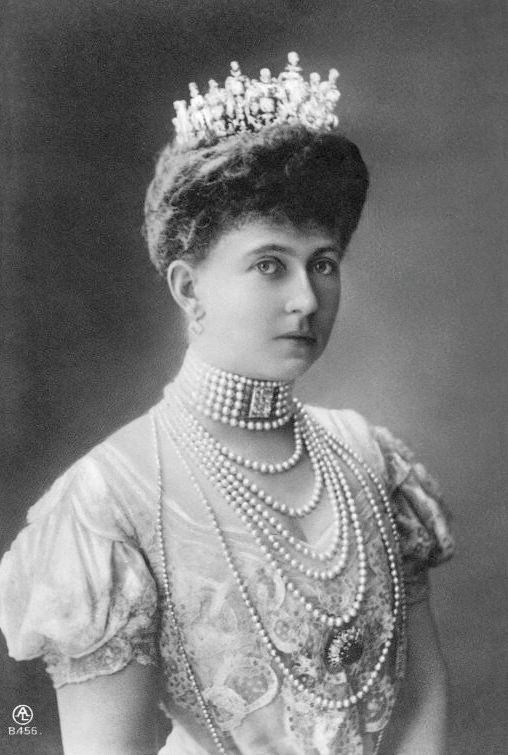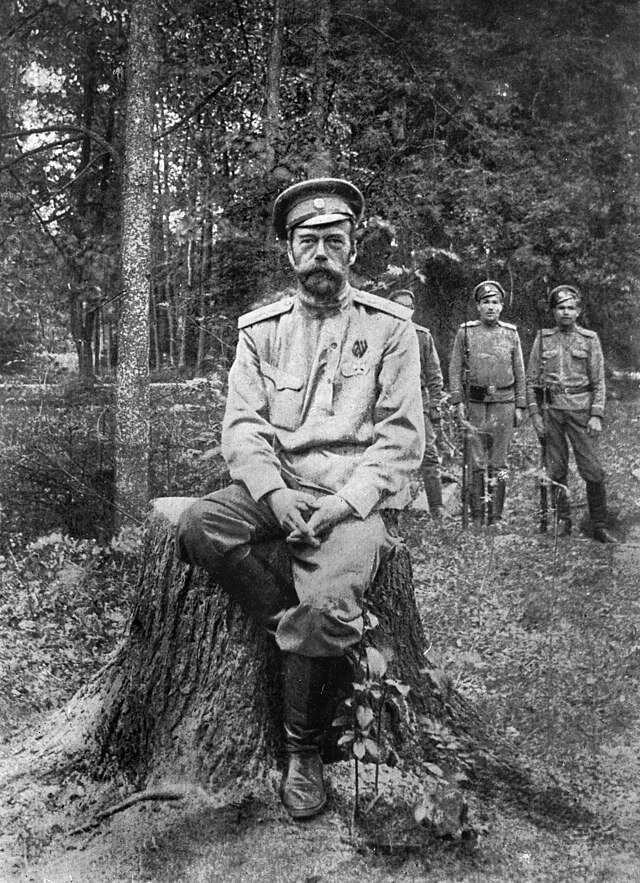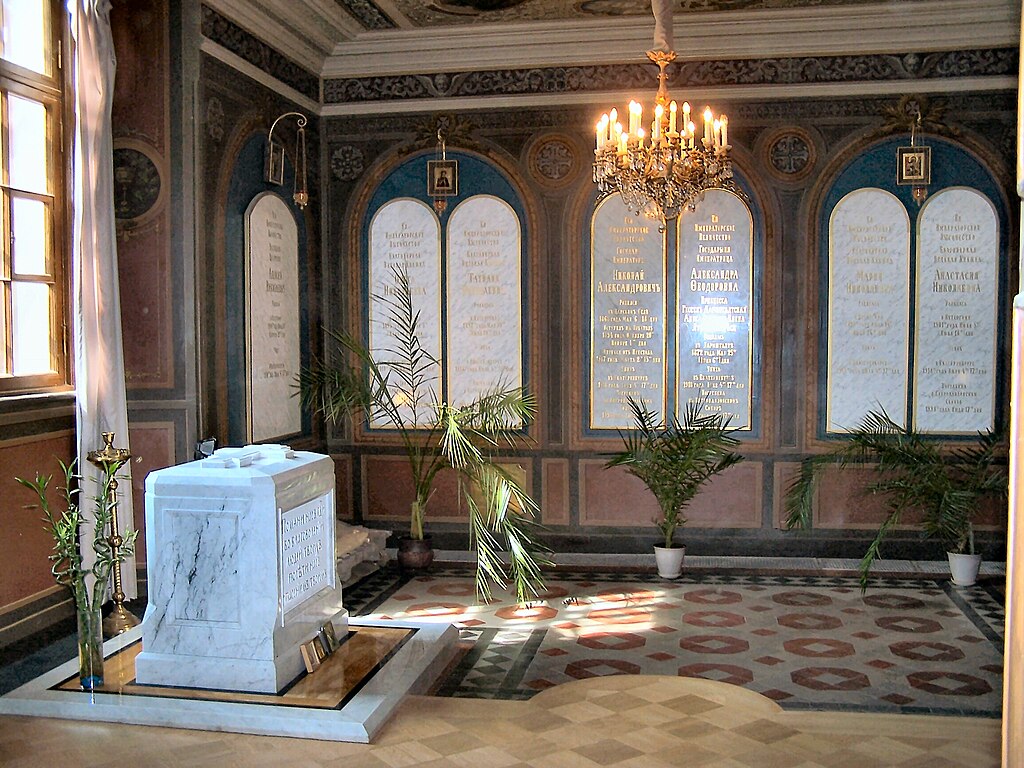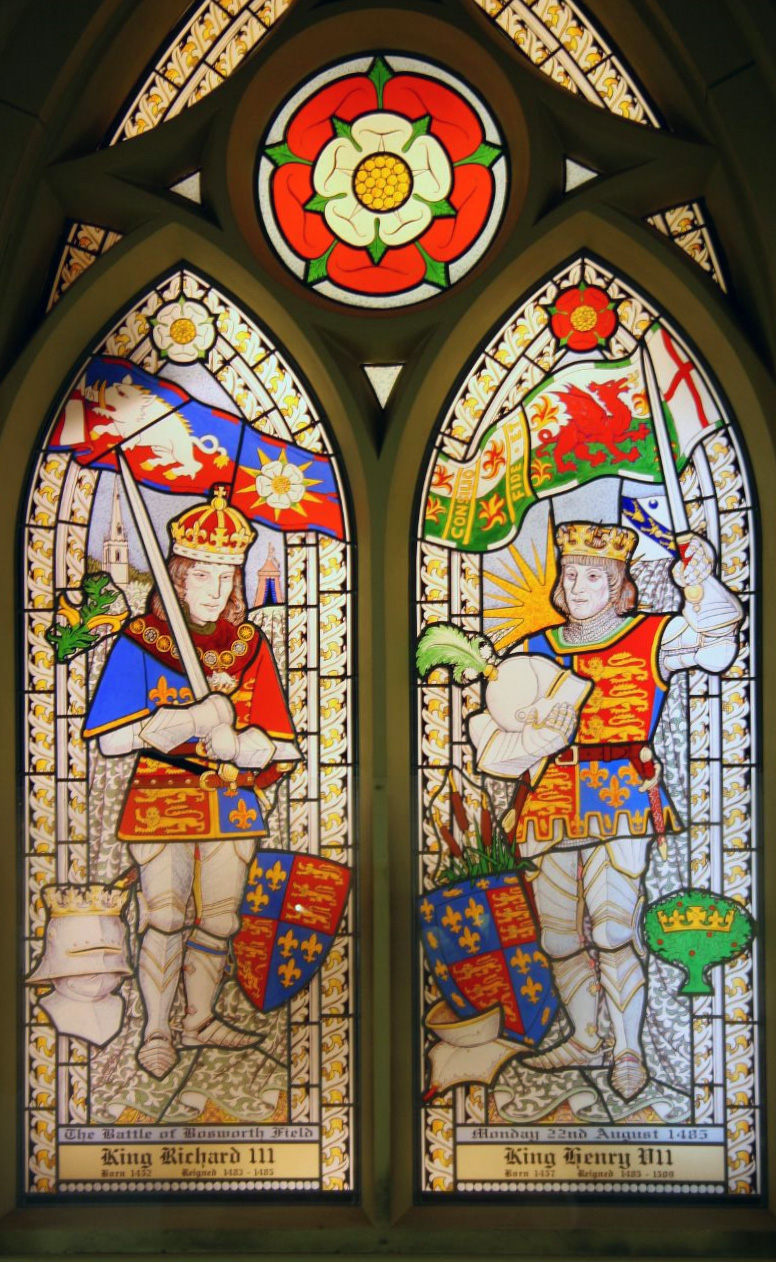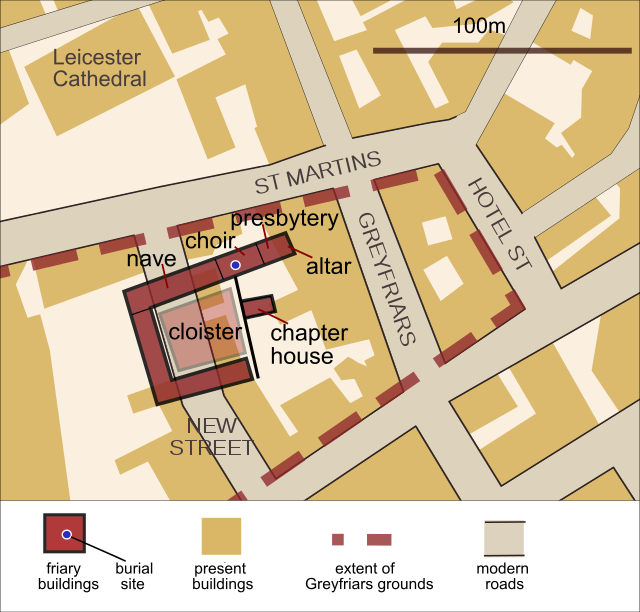by Susan Flantzer
- Captain The Honorable Lyon Playfair Family
- Timeline: April 1, 1915 – April 30, 1915
- A Note about German Titles
- Royals/Nobles/Peers Who Died in Action
Captain The Honorable Lyon Playfair

Captain The Honorable Lyon Playfair; Photo Credit – Redgrave History
The Honorable Lyon Playfair, a Captain in the Royal Field Artillery, was killed in action at Zonnebeke, Belgium during the Second Battle of Ypres on April 20, 1915 at the age of 26. His death occurred while he was acting as the observing officer for his artillery unit in a trench close to German lines. One of his men wrote of him, “A finer officer or better gentleman it would be hard to find.” He attended the Royal Military Academy, Woolwich, was commissioned a Lieutenant in 1908, and promoted to Captain in December 1914. He was in the 31st Battalion of the Royal Field Artillery and had landed in France on August 23, 1914. He was unmarried and the title Baron Playfair became extinct upon the death of his father, the 2nd BaronPlayfair in 1939.
Captain The Honorable Lyon Playfair was the only son of Brigadier General George Playfair, 2nd Baron Playfair and Lady Playfair (born Augusta Mary Hickman) who were residing at Redgrave Hall in Redgrave, Suffolk, England at the time of their son’s death. The captain’s body was never found and he is commemorated with many others on the Menin Gate Memorial to the Missing, a war memorial in Ypres, Belgium, dedicated to the British and Commonwealth soldiers who were killed in the Ypres battles of World War I and whose graves are unknown. A memorial window was unveiled at the east end of the north aisle of St. Mary’s Church in Redgrave on April 20, 1916, exactly a year after his death. In addition, a memorial tablet to the captain is in the Playfair Aisle of the Parish Church of the Holy Trinity in St Andrews, Scotland.

Captain Playfair’s memorial tablet in the Playfair Aisle of the Parish Church of the Holy Trinity, St Andrews, Scotland
Captain The Honorable Playfair was a grandson of Lyon Playfair, 1st Baron Playfair, the Scottish scientist and Liberal politician. The 1st Baron Playfair was a chemist who held a number of academic positions. He was a special commissioner and a member of the executive committee of the Great Exhibition, a project of Prince Albert, Queen Victoria’s husband. Lord Playfair served as a Gentleman Usher to Prince Albert. In 1868, Playfair was elected Liberal Member of Parliament for the Universities of Edinburgh and St Andrews in Scotland and was then elected as Member of Parliament for Leeds South in the city of Leeds, West Yorkshire, England. After leaving the House of Commons in 1892, Playfair was created Baron Playfair of St Andrews in the County of Fife in Scotland.
*********************************************************
Timeline: April 1, 1915 – April 30, 1915
April 5 – May 5: First Battle of Woevre
April 12 – 14: Battle of Shaiba, in present-day Iraq
April 19 – May 17: Ottomans besiege the Armenian city of Van, in present-day Turkey
April 22 – May 25: Second Battle of Ypres, in Belgium, Germany first uses the poison gas
April 22 – 23: Battle of Gravenstafel, first stage of the Second Battle of Ypres
April 24 – May 5: Battle of St Julien, part of the Second Battle of Ypres
April 25: Allied forces land on Gallipoli, located in present-day Turkey, landing at Anzac Cove and Cape Helles
April 26: London Pact between the Triple Entente (France, Russia, United Kingdom) and Italy
April 28: First Battle of Krithia in the Gallipoli Campaign
*********************************************************
Most of the royals who died in action during World War I were German. The German Empire consisted of 27 constituent states, most of them ruled by royal families. Scroll down to German Empire here to see what constituent states made up the German Empire. The constituent states retained their own governments, but had limited sovereignty. Some had their own armies, but the military forces of the smaller ones were put under Prussian control. In wartime, armies of all the constituent states would be controlled by the Prussian Army and the combined forces were known as the Imperial German Army. German titles may be used in Royals Who Died In Action below. Refer to Unofficial Royalty: Glossary of German Noble and Royal Titles.
24 British peers were also killed in World War I and they will be included in the list of those who died in action. In addition, more than 100 sons of peers also lost their lives, and those that can be verified will also be included.
*********************************************************
April 1915 – Royals/Nobles/Peers Who Died In Action
The list is in chronological order and does contain some who would be considered noble instead of royal. The links in the last bullet for each person is that person’s genealogical information from Leo’s Genealogics Website or to The Peerage website. If a person has a Wikipedia page, their name will be linked to that page.
Captain The Honorable Lyon Playfair
- son of Brigadier-General George Playfair, 2nd Baron Playfair and Augusta Mary Hickman
- born October 19, 1888 in Middlesex, London, England
- unmarried
- killed in action at Zonnebeke, Belgium April 20, 1915, age 26
- http://www.thepeerage.com/p24067.htm#i240668

